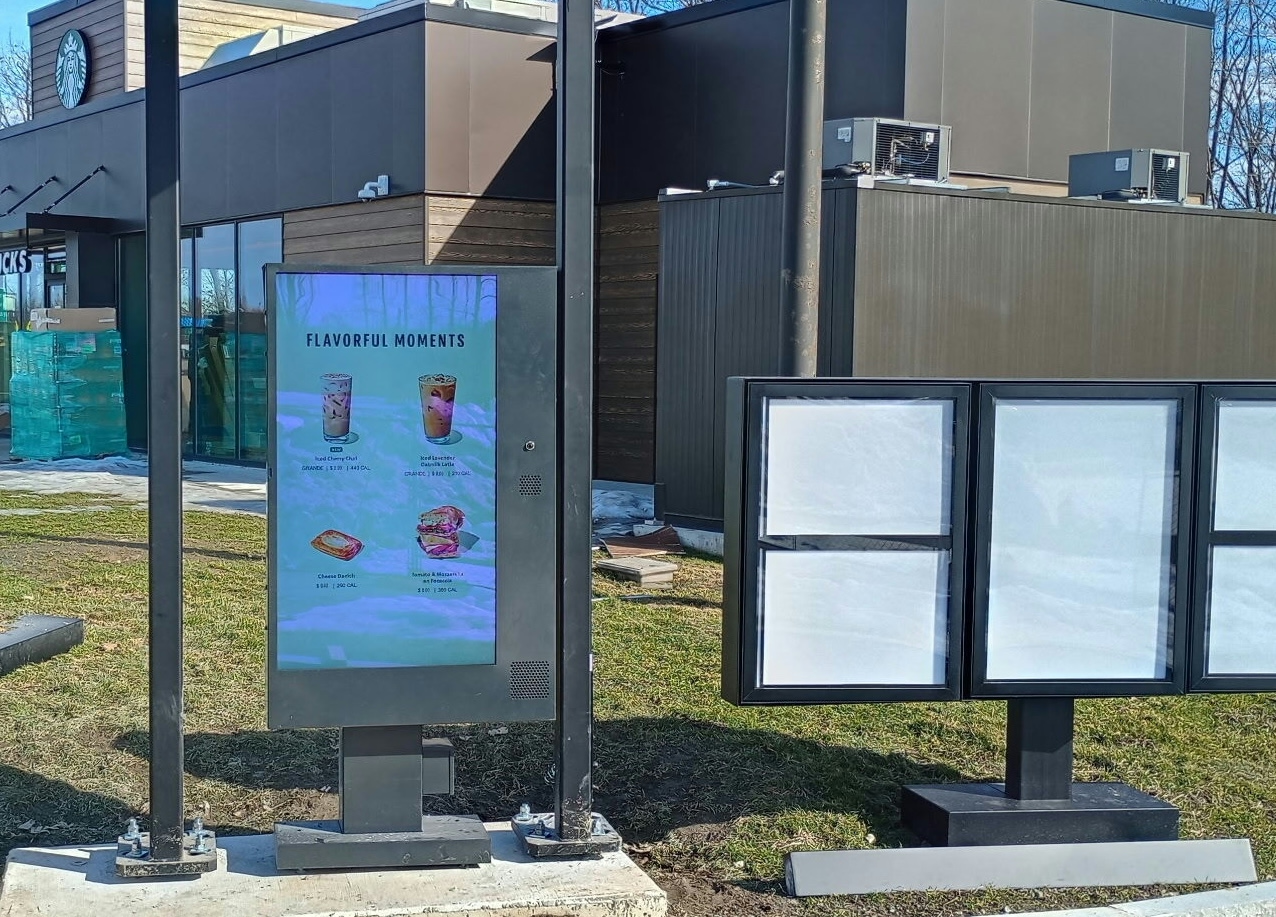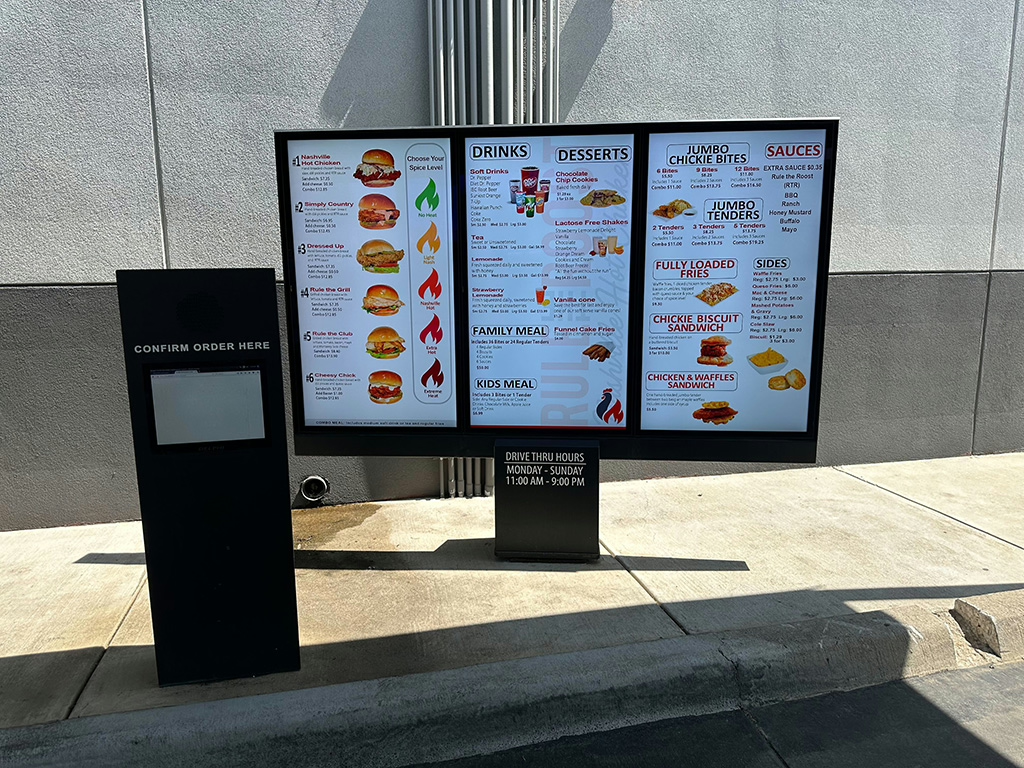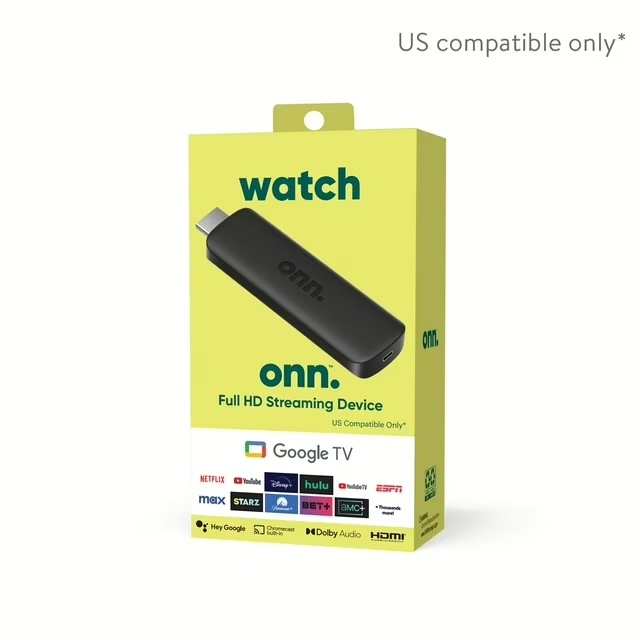How do I design a great menu?
Designing a great menu involves a thoughtful and strategic approach to make it visually appealing, easy to navigate, and enticing to your customers. Here are some tips to help you design a standout menu:
-
- Know Your Audience: Understand your target customers’ preferences, dietary restrictions, and spending habits. Tailor your menu offerings to cater to their tastes.
- Keep it Simple: Avoid clutter and excessive information. A clean and uncluttered layout makes it easier for customers to find what they want.
- Highlight Specialties: Use design elements (like icons or borders) to draw attention to your signature dishes or chef’s specials.
- Organize with Categories: Divide the menu into clear and logical sections such as appetizers, mains, desserts, etc. This helps customers quickly find what they’re looking for.
- Use High-Quality Images: If possible, include appetizing images of your dishes. A picture can speak a thousand words and entice customers to order.
- Font and Readability: Choose easy-to-read fonts that match your brand’s personality. Ensure that the text size is legible, even in dimly lit environments.
- Color Scheme: Select a color scheme that complements your brand and evokes the right emotions. Colors can influence appetite and create a specific ambiance.
- Limited Color Palette: Avoid using too many colors, as it can be overwhelming. Stick to a few key colors that align with your brand identity.
- Highlight Prices: Make sure prices are clearly visible and easy to read. Avoid using a dollar sign as research suggests that it can deter spending.
- Seasonal Updates: Consider offering seasonal menus to keep things fresh and exciting for repeat customers.
- Sustainable Practices: If your restaurant follows eco-friendly practices, highlight them on the menu. Customers appreciate businesses that care about the environment.
- Call-to-Action: Add subtle call-to-action phrases like “Try our famous…” or “Ask about our daily specials.”
- Layout and Hierarchy: Place your best-selling or high-margin items strategically on the menu. Use formatting and hierarchy to guide the eyes of the reader.
- Test and Iterate: Gather feedback from customers and staff. Continuously improve and update the menu based on insights and changing trends.
- Branding Consistency: Ensure that the menu design aligns with your restaurant’s overall branding, including logos and design elements.
Remember, your menu is a reflection of your restaurant’s identity and offerings. A well-designed menu can enhance the dining experience and drive customer satisfaction, leading to increased customer loyalty and revenue.
Here’s an example of how to build a simple and visually appealing menu layout for a taco shop:
Header
- Display the name of the taco shop in a bold and eye-catching font at the top of the menu.
Categories
- Create sections for different types of tacos to make it easier for customers to find what they want. For example: Traditional Tacos
Specialty Tacos
- Vegetarian/Vegan Tacos
- Build Your Own Taco (if applicable)
Taco Selection
- Under each category, list the various taco options available.
- Each taco should have an appetizing name, followed by a short description of its ingredients.
Price
- Display the price of each taco clearly, preferably aligned to the right side of the menu item.
Add-ons and Extras
- If customers can customize their tacos with additional ingredients or sides, create a separate section for add-ons.
- Specify the cost of each add-on or extra.
Drinks and Sides
- If your taco shop offers beverages or side dishes, create a separate section for these items.
Images
- Incorporate mouth-watering images of your best-selling tacos. Visuals can entice customers to order.
Signature Taco
- Consider highlighting one or two signature tacos with a special icon or section. This can help draw attention to your unique offerings.
Specials
- If you have daily or weekly specials, create a separate area on the menu to showcase these limited-time offers.
Contact Information
- Include the taco shop’s contact details, such as phone number, website, and address, somewhere on the menu.
Branding
- Use colors and design elements that reflect the ambiance and theme of your taco shop. Consistency in branding helps create a memorable experience.
Layout
- Organize the menu items in a clean and easy-to-read layout. Avoid clutter and ensure sufficient spacing between sections and items.
Fonts and Typography
- Use clear and legible fonts for the menu text. Ensure that the font size is appropriate for easy reading.
- Emphasize important menu items with bold or larger text
- De-emphasize less important items and prices
Special Diet Information
- If your menu caters to specific dietary requirements (e.g., gluten-free options), include a section to highlight this information.
Remember, the menu design should be an extension of your brand identity and create a positive impression on customers. Make it visually appealing and easy to navigate, and your taco shop’s menu will surely leave a lasting impression!







